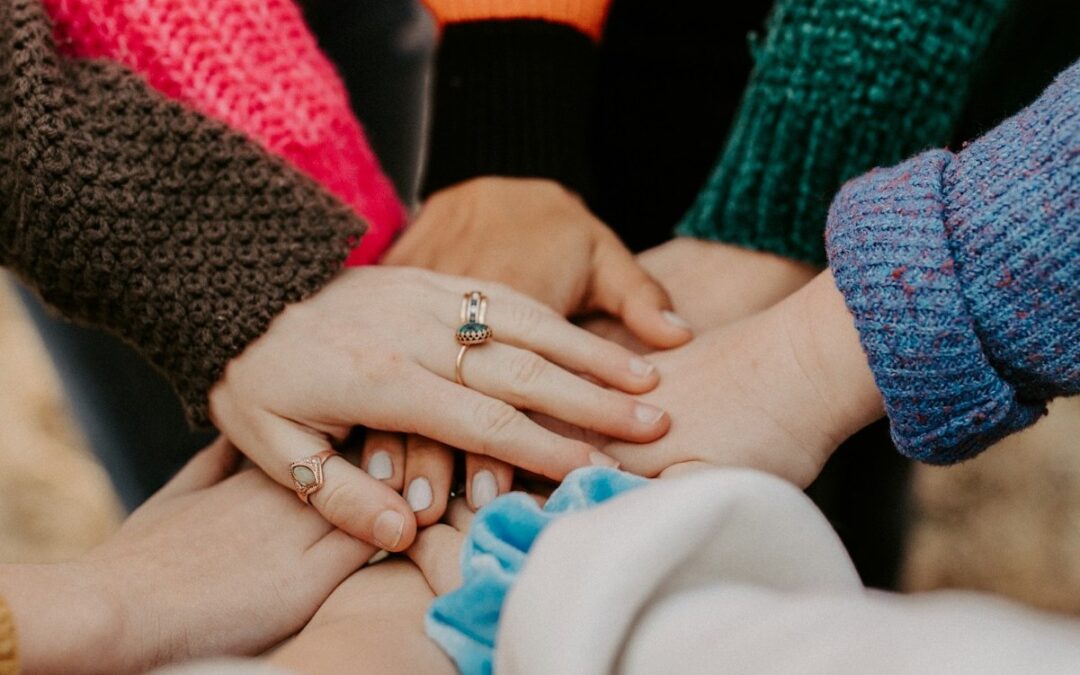Other than death of a loved one, few things are more disorienting than making the shift from being cared for by your parents to caring for them.
This transition is made even more challenging because it usually comes as such a surprise. And it’s not just the biologically wired blind spot we have against our parents’ vulnerability. It’s the utter shock that, when it happens, there’s no place to turn for help. It’s like trying to climb a rock face without any toeholds or crevices where you can grab on, and then scaling it without a net.
The problem with our aging care system is that even though there’s a lot of information out there to help, the situations most caregivers confront are so incredibly complex, unique, and specific (such as, why won’t rehab providers accept my Dad?) that they can’t find exactly what they need. Or they want the exact right answer to a very complex question that doesn’t have right answers.
At a recent conference, a man stood up and asked, “What’s the right place for someone with Alzheimer’s? At home or in a facility?”
“It depends,” is not a great answer but it’s usually the right one.
When we asked caregivers where they would most like to get help and information, they mostly told us that they’d like more help from people in their situation – from their friends and community. But most people enter into this life phase without a community into which they can connect, ask for advice, and share support. Over the past two years, through Daughterhood Circles, we’ve observed that connection to others leads to empowerment, which is often just the ability to accept your own judgment as good enough.
Here are some of pieces of wisdom I hear most often from Daughterhood Circle Leaders.
Recognize that you are a caregiver
A member of our San Diego daughterhood community said to me, “I was two years into caring for my aunt before I realized…. I am a caregiver. It was only then that I could really get the support I needed.”
Once you’ve named this activity, you can more easily find and use resources that can help. Resources that are named for the solutions they provide: “caregiving.” For example, you have to know you’re a caregiver to join the Caregiver Action Network, a great resource on caregiver information and training.
Acknowledge There’s a New Normal
In her book, A Bittersweet Season, on p. 69, Jane Gross explains, (paraphrased here) “Adult children…are hoping against hope that after a brief period of unpleasantness and inconvenience life will return to normal.”
On a practical level, there is real power and peace that comes from recognizing and acknowledging that there’s a new complexity to your life now and that “normal” looks different than it used to. It’s easier to accept the challenges when you stop comparing your life to what it used to be or what you think it should be. And it’s easier to take care of yourself when you recognize that you’re in it for the long haul.
Find a Community
In the case of the man who stood up at the conference looking for the one right answer to his question, the input of a community could help him weigh the many factors necessary to make the decision. And to accept that there isn’t a right path.
With the power of community to problem-solve, there’s less guilt left at each individual’s doorstep because community-based problem-solving empowers caregivers to seek good enough solutions rather than perfect solutions. It grounds their decision-making in the broader experiences of a community.
We launched Daughterhood Circles in support of our mission to end loneliness in caregiving. Please participate if you can. If there’s not a circle check out your local area agency on aging, church groups, local Alzheimer’s Association, libraries, and other groups to connect with people in their area. Ask your employer to sponsor a community of co-workers who can come together to support each other.
You can also connect with other caregivers through social media. There are so many of the other wonderful caregiver bloggers out there, including Elizabeth Beighey Miller of the Happy Healthy Caregiver and Jodi Hempel of the Success By Design — both of whom, I’m proud to say, are Daughterhood Circle leaders.
Always remember: we can do hard things, just not alone.
